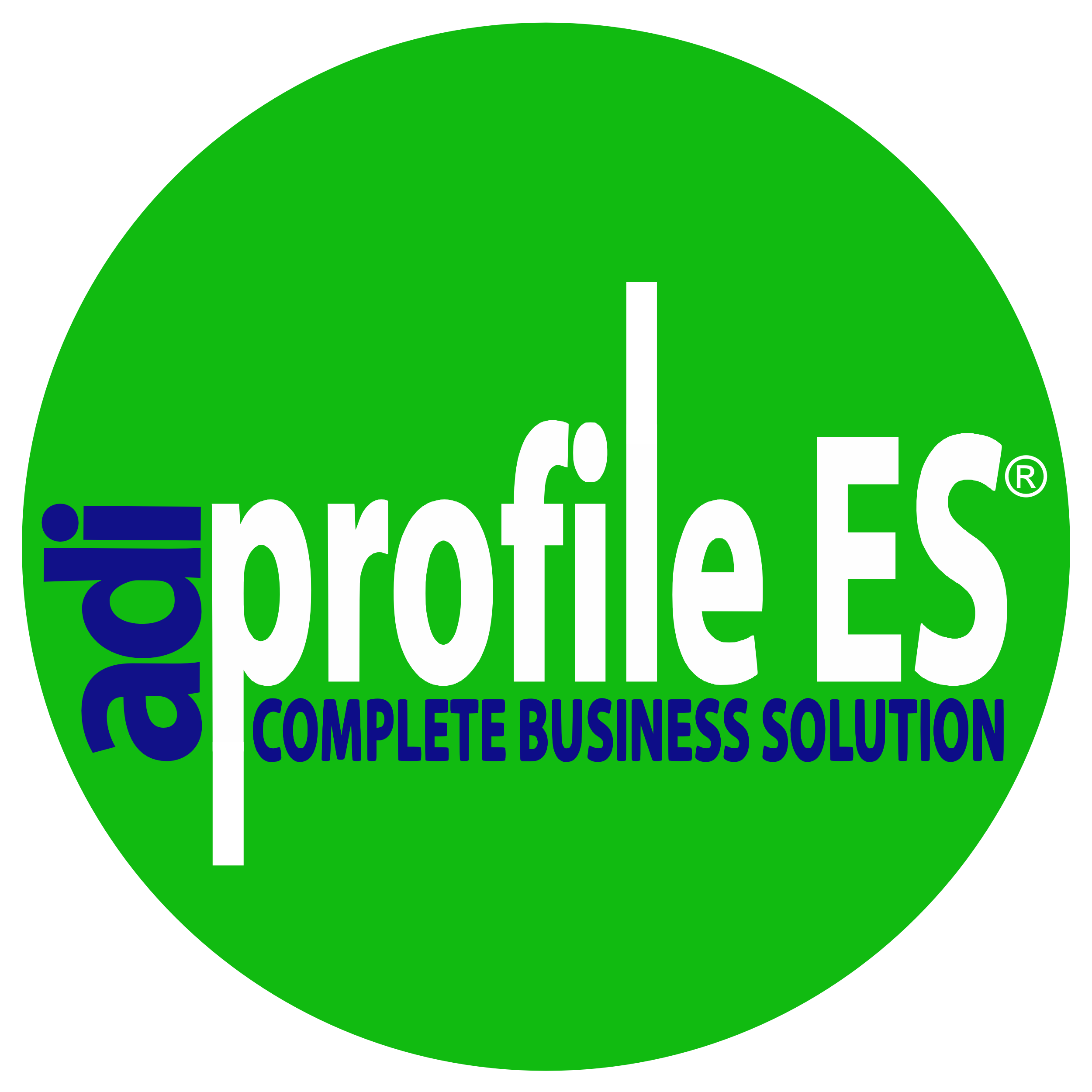
Click Here to get an early release of Profile ES ERP
WHAT IS ERP?
ERP stands for Enterprise Resource Planning. It is management software that efficiently allows for integration and smooth business operations.
Every company needs communication, cooperation, and the exchange of information between customers, vendors, and employees. Having your business work within one connected business system is the most effective way to ensure all the above, accelerate sales, and improve productivity. ERP software is the key to this.
HOW IS ERP USED?
Companies use ERP software business systems to:
- Manage supply chain operations
- Organize business data
- Automate day-to-day operations such as:
- production
- sales
- accounting
- manufacturing
- inventory management
- accounts payable
- accounts receivable
- customer invoicing/payments
- human resources.
Features vary depending on the industry an ERP business software system is built to service. Business activities were previously delegated to other software applications. Today, most ERP systems provide features for managing those activities.
WHO NEEDS ERP SOFTWARE?
Every business needs inventory management, sales management, order management, warehouse management, and other management functionalities. Many small companies utilize spreadsheets to do the numbers. ERP software allows you to do all of these quickly and seamlessly. Combining your business functions into one ERP seamless business solution is best.
ProfileES ERP provides advanced, simple-to-use features for your business.
- Connected platforms and software allow users to access needed resources for effective teamwork.
- Production reports that make it easier to assess and improve productivity.
- Scenario planning allows past activity and current ideas for change to determine the best choices for managing resources. It essentially provides simulations to predict business growth and choose the best practices for a business.
- Options to allow you to either work with:
- your offsite Private Cloud,
- your in-house Local Cloud,
- your Local Cloud that connects to your Private Cloud.
- Web options that connect to your core in-house ProfileES. This option brings e-commerce purchases and other outside activities to your desktop, eliminating the need to transfer transactions from one platform to a second or third platform.
- Options to continue your in-house business activity if your ISP connection goes down allow your office to continue working.
- Metrics to aid in the productivity of marketing/sales
- Financial Reporting for productivity, finance, and accounting.
- Operations/production management.
- Human resources, payroll, and relations.
- A robust collaborative environment.
- Transparency and accountability.
- ProfileES ERP provides traceable General Ledger entries to CPA, auditors, board members, owners, and stockholders.
- A quality CRM system brings your potential and existing customers closer and informs them of your offerings.
- ProfileES ERP is a quality business system at a very affordable price.
ADI continues to add more features to the core of ProfileES ERP. Just ask; we will do our best to justify adding those features you request quickly at no additional costs.
Profile ES comes in four deployment model options.
How does the Profile ES ERP web application deployment model differ from other ERP systems?
Most ERP providers offer one of two deployments. Most of the more prominent corporate providers started by providing the Single location model as listed above in item #1 and shown below:
Market pressures required the more prominent providers to retool their desktop products to compete with NetSuite-style ERPs. Now, they offer their ERP in the deployment shown below.
ProfileES ERP has an included option for a Local Cloud Server (Edge Server) that holds business information to overcome one fundamental inadequacy of these deployments. The Local Cloud directly replicates data to the company's offsite Private Cloud. The private cloud is available for remote versions of ProfileES ERP Core and other business locations and optional local clouds in those locations.
ProfileES ERP also provides an optional website content management system (CMS) and web application. The web application offers outward-facing features, including e-commerce, customer services, and dispatch for field technicians and salespersons. Real-time inventories are a great plus for e-commerce and field employees. The CMS portion allows the offices to use their sources for marketing, search engine optimization, and related content control.
All of this connectivity has some not-so-obvious benefits. Here are some examples below:
- A sale on your ProfileES e-commerce web application immediately pops up on the order clerk's desktop, ready for immediate action.
- A customer calls into your service desk/dispatch with a change in a tech service or a delivery appointment. The service desk modifies the schedule on the desktop. The new schedule is immediately available in the technician's phone browser.
Connected platforms mean efficient teamwork, easy accessibility, and optimized information and instructions. ProfileES ERP provides many more benefits from cross-platform connectivity.
Our ideas for additional features are many. One leading-edge concept is concerns integrating AI into our systems to provide a virtual CPA/Bookkeeper. This feature will give immediate feedback to daily operations that affect your bottom line.
Above is a basic, high-level view of ProfileES options. Click on this link to read about all of the ERP features included within ProfileES Core.
Here at ADI, we are excited about this new approach to connected ERP systems for SMBs. It's a new way to keep your business automated, organized, and efficient.